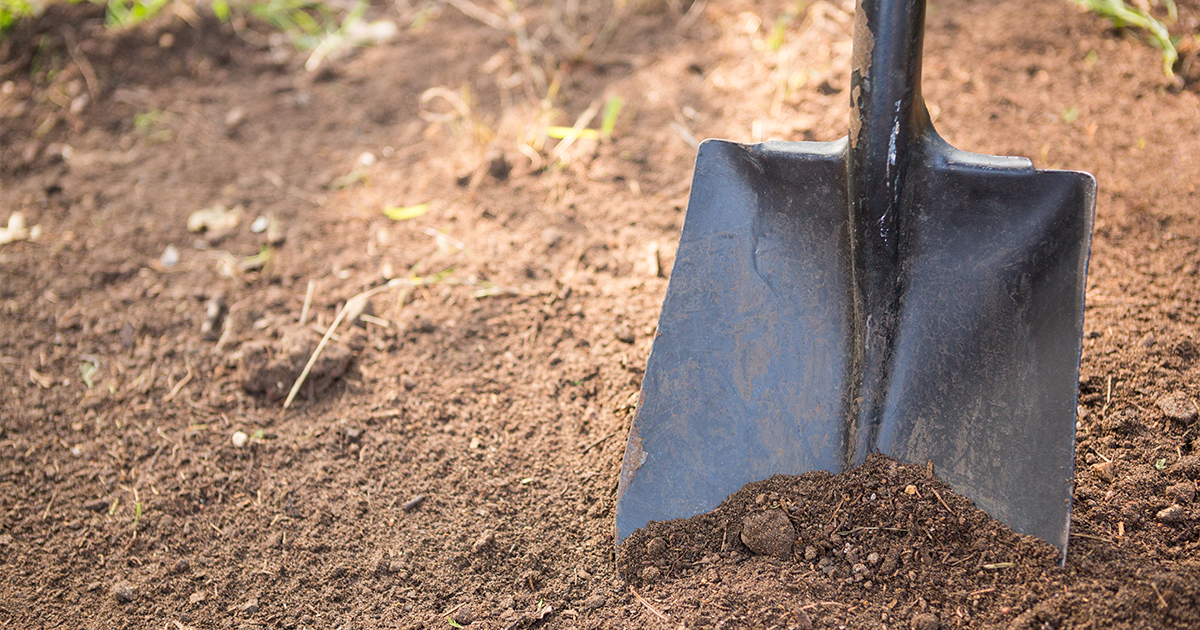5 Things You Didn’t Know You Could Use as Fertilizer

No matter how healthy your soil is, chances are your plants can’t get all the nutrients they need without the occasional help of fertilizer. But before you head to the garden store, look around – here are five natural fertilizers that you won’t have to go far to find.
1. Banana Peels
At more than 40 percent potassium, banana peels are one of the best organic sources for this important nutrient which supports the growth of strong roots and stems. Bananas are also rich in other minerals like calcium and manganese, which aid photosynthesis.
You can bury whole banana peels at the bottom of beds when planting, or chop them up and use as a mulch. Some gardeners recommend putting them in the blender to make a puree. If you have overripe bananas but can’t get to the gardening, don’t worry, you can freeze the skins and defrost them when you’re ready to use.
2. Coffee Grounds
After you brew up your morning pot, hang onto those grounds – they’re rich in potassium, phosphorus, and nitrogen, the three key ingredients in commercial fertilizer. They also contain calcium, magnesium, and antioxidants and attract earthworms, offering an additional boost for soil health. If your java consumption doesn’t meet your plants’ needs, ask at your local café; many will give coffee grounds to anyone who asks nicely!
You can put coffee grounds directly onto plants, but it’s best to rake them into the soil to avoid forming a crust that could inhibit watering. Some gardeners prefer to let the grounds dry before applying, while others dump them straight out of the press.
3. Eggshells
Eggshells are more than 90 percent calcium carbonate, the same ingredient found in lime, a traditional soil amendment. So it’s easy to see why gardeners love to crush them up and use them in compost. (Oyster shells have a similar nutritional makeup but are much harder to use.)
Calcium works to break down other soil nutrients, particularly nitrogen, and supports minerals in moving through a plant’s system.
To speed up the availability of the calcium, you can pound or grind the eggshells up and soak them in a few tablespoons of vinegar overnight. Eggshells can also be used to keep away slugs since they can’t crawl over the sharp edges.
4. Epsom Salts
While they look like salt crystals, Epsom salts are actually a naturally occurring mineral known as magnesium sulfate, a compound of magnesium, sulfur and oxygen. This makes them valuable to plants like roses, tomatoes and peppers that need a lot of magnesium to thrive.
Magnesium boosts photosynthesis, aiding the production of chlorophyll for green and healthy growth. In addition, magnesium helps plants better absorb nitrogen and phosphorous, boosting flower and fruit production.
Add a tablespoon of Epsom salts to the soil at planting time, scratch the granules into the soil around the roots, or dilute the same amount of magnesium in a gallon of water.
5. Molasses
It’s not just for gingerbread anymore – molasses is the secret weapon of many organic gardeners, who use it as a sugar source to increase the growth of beneficial microorganisms in the soil. When applied with liquid organic nitrogen fertilizer, molasses helps the bacteria break down the nutrients so plants can use them more efficiently. And it doesn’t hurt that molasses is sticky, helping the fertilizer stick around.
To use molasses in gardening, choose an unsulfured variety like blackstrap molasses since sulfur can harm the microbes you’re trying to help. Try adding molasses to the water when starting seeds or transferring seedlings and watch them grow in double time.





